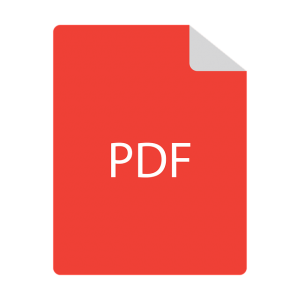In recognition of the persistent recurrences of red tape and other hindrances to the seamless movement of cargo and services which is raising the cost of doing business, and the need to provide Information and Support to Shippers and other users of Services in the Logistical Chain in real-time and on a continuous basis, ISCOS introduced the SHIPPLINC, a Trade Facilitation Platform for reporting, monitoring and resolving Non-Tariff Barriers (NTBs) as well providing information and support to players in Freight Logistics in the region.
The platform is mainly accessed through a Mobile Application, other communication avenues both electronic and conventional (E-Mail, Telephone, Ordinary Letters, petitions; personal visits; and WhatsApp) in addition to being backed up by a back office of Freight Logistics experts who are available to provide support to Shippers and Industry players in real-time.
![]()
The main purpose of the Platform, hitherto with support offices in Mombasa and Dar es Salaam, and which serves users of the major Trade corridors in the Eastern, Central and Southern Africa including maritime routes to the region, is to:
▪ Provide an additional avenue for reporting and resolving incidences, happenings, practices, and policies that are considered to be bottlenecks in the movement of cargo in intra-regional and international trade right from its overseas sources to the places of destination and vise versa.
▪ Offers instant and real-time support and information to players in freight logistics.
▪ Help in sharing information via mobile phone technology.
▪ Capture and interpret data on NTBs, hence providing clues on the effectiveness and efficiency of service delivery in the logistical chain and helping in the determination and formulation of appropriate policies.
▪ Guide the assessment of training needs for Shippers, Truckers, Freight forwarders, and other players in the industry.
▪ Through a two-way structured communication between Shippers, Service providers, and policymakers, provide meaningful linkages between key players in the industry.
▪ Allows the shippers to track their consignments while on transit
▪ As an additional source of reliable information on the level of efficiency of Service delivery in Freight Logistics.
ISSUE 004
JAN – JUN 2022
ISSUE 003
JAN – JUN 2020
ISSUE 002
JULY – DEC 2018
ISSUE 001
JAN – JUN 2018
Photo Gallery
Useful Links
Uganda Revenue Authority (URA)
Tanzania Revenue Authority (TRA)
Zambia Revenue Authority (ZRA)
Northern Corridor Transit and Transport Coordination Authority (NCTTA)
Central Corridor -Transit Transport Facilitation Agency (CC-TTFA)
Port Management Association of East and South Africa (PMEASA)
East Africa Business Council (EABC)









